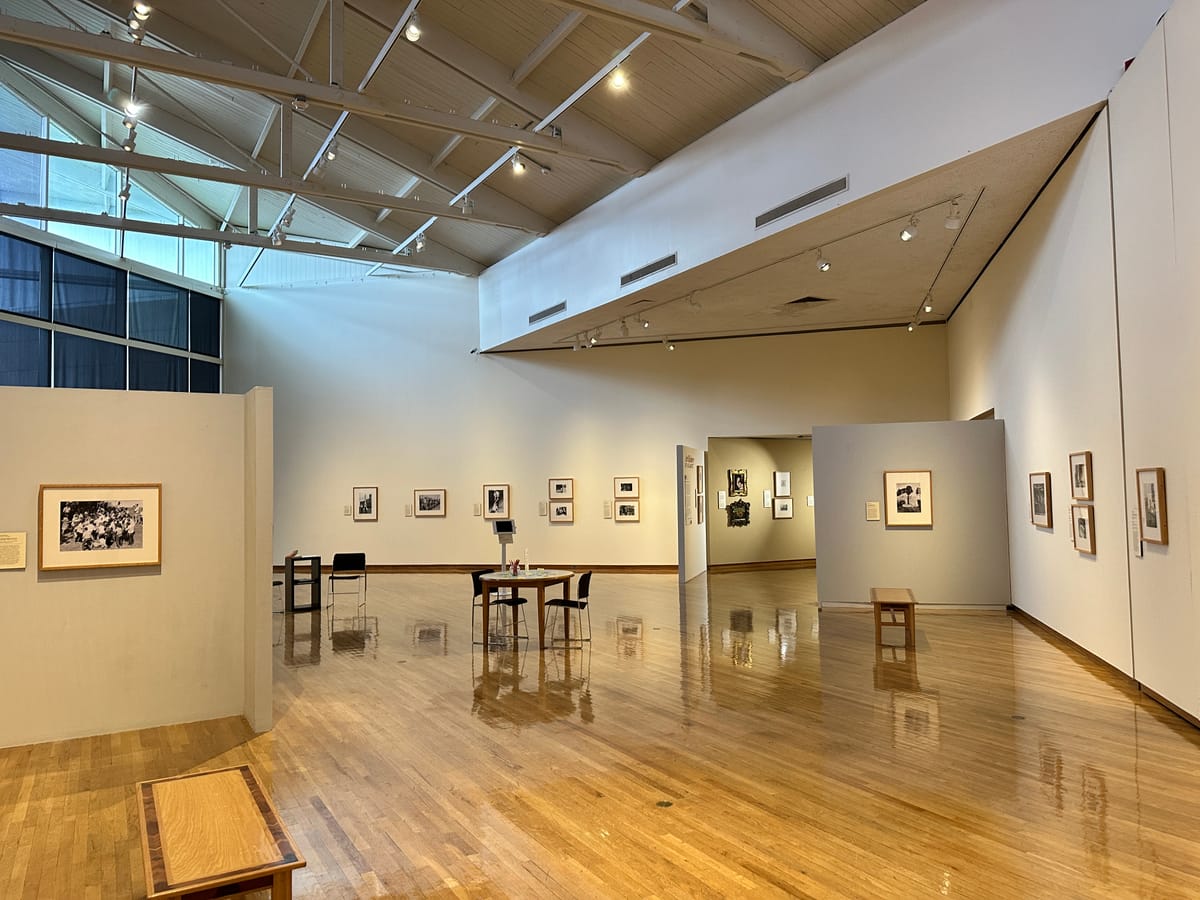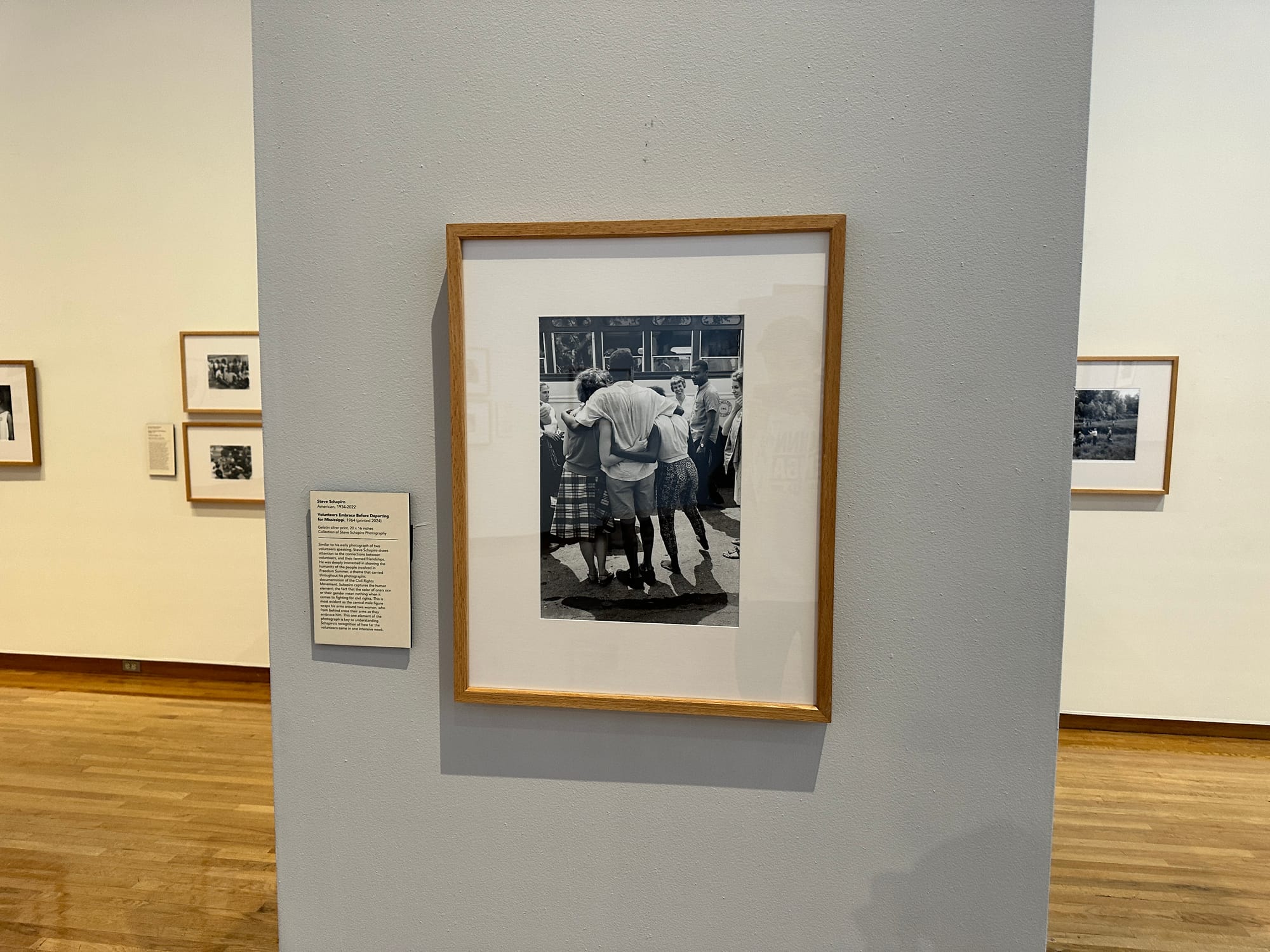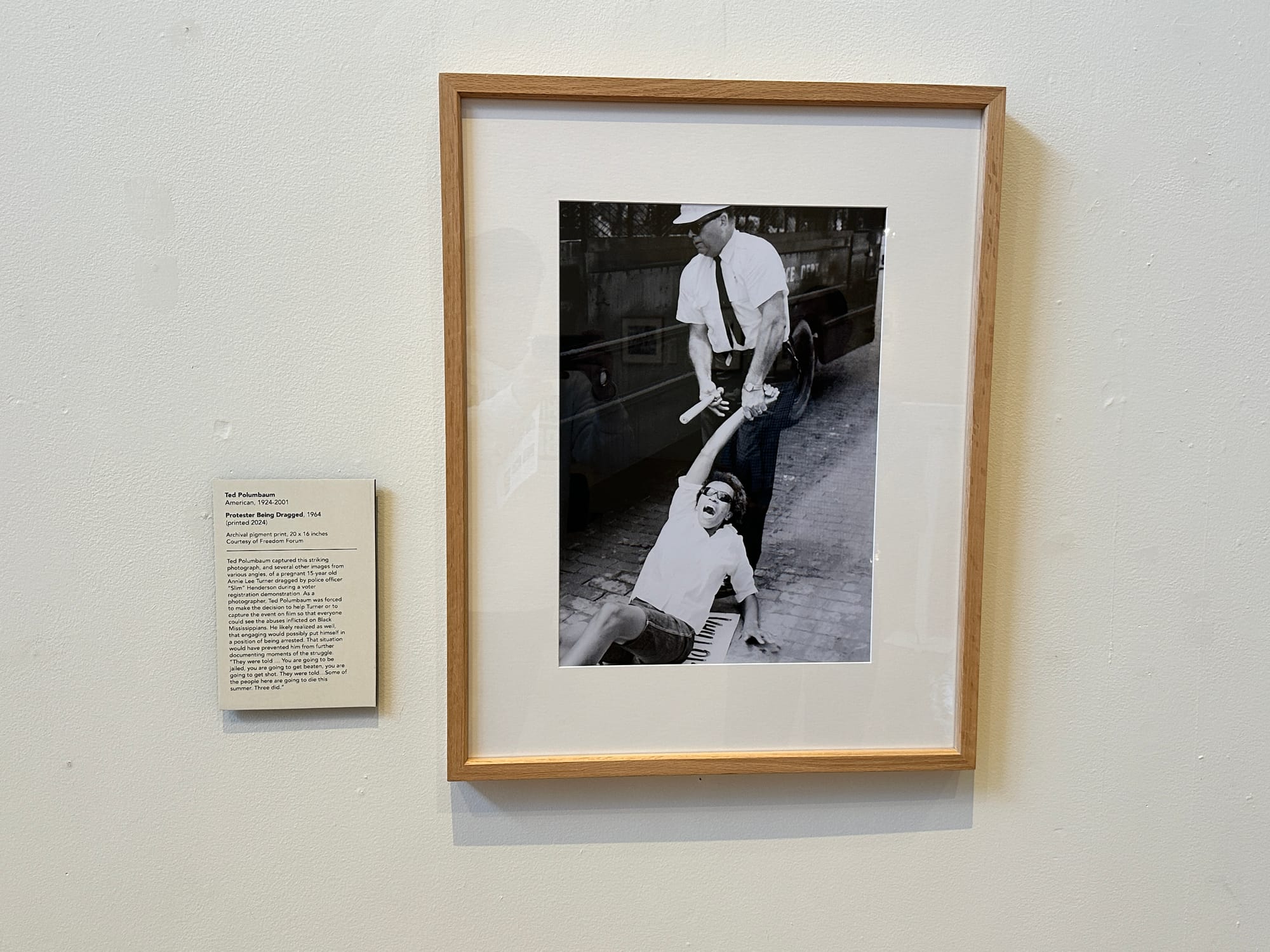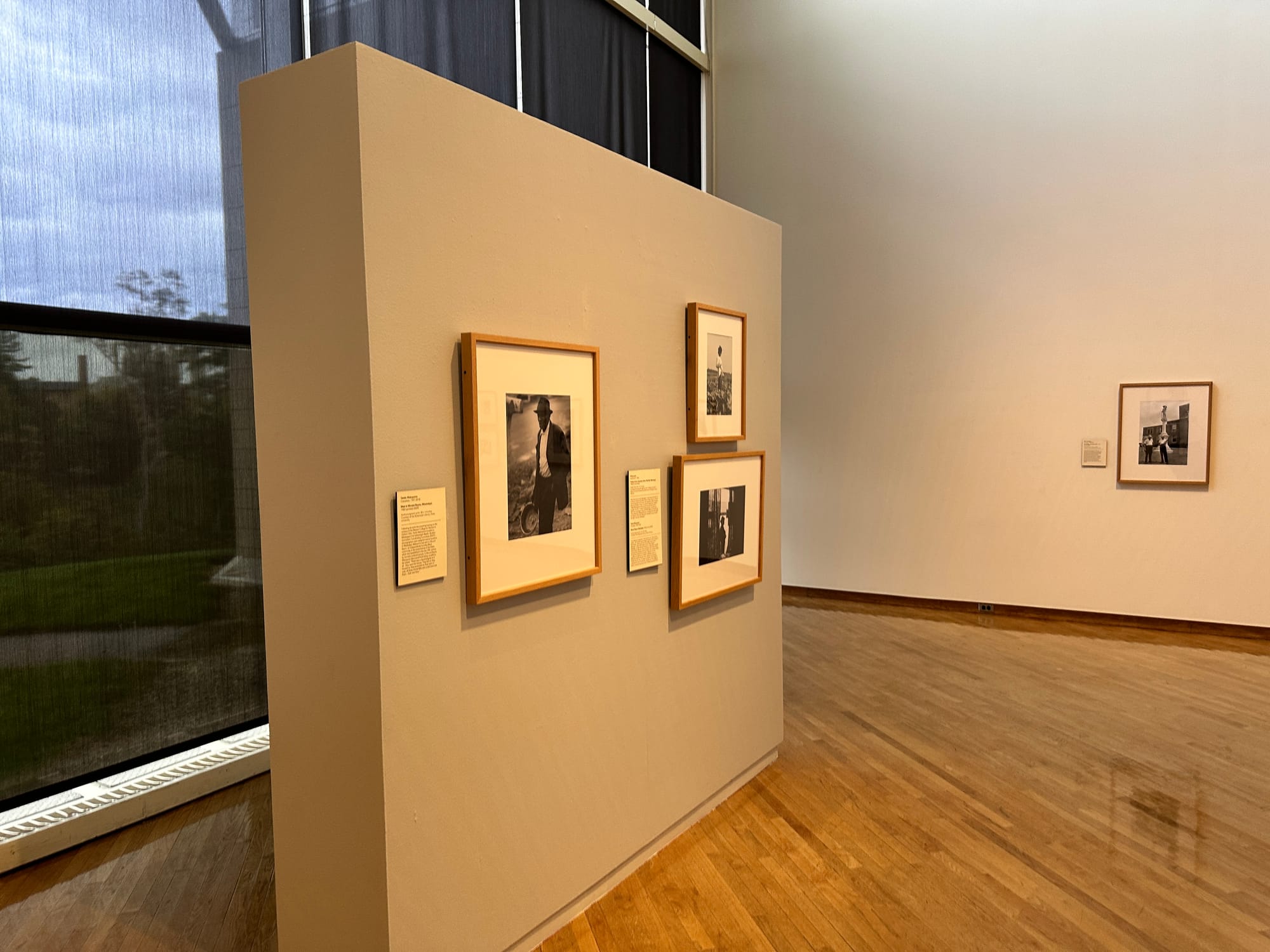New exhibit shows Freedom Summer, captured from photographers’ perspectives
This fall, the Richard and Carole Cocks Art Museum is putting a focus on the photographers who captured the Freedom Summer of 1964.

To honor the 60th anniversary of the Freedom Summer of 1964, Miami University’s Richard and Carole Cocks Art Museum is turning its focus to the people behind the lenses who captured the movement.
The museum has hosted several exhibits over the years commemorating the role of Western College for Women in the fight for African American civil rights and memorializing the three men trained in Oxford who later died in the fight to register Black voters in the south. Jason Shaiman, curator of exhibitions, said this fall’s exhibit focuses on the photographers who documented the events of that summer.
“What we’ve wanted to do differently with this one is to focus on the photographers because in the past, it’s been using their photo to tell the Freedom Summer story, but there was nothing about the photographers, so we wanted to hear what their backstories are,” Shaiman said.
The exhibit, titled “Through Their Lens: Photographing Freedom Summer,” features work from seven photographers who captured the movement, including images from two one-week training sessions held on Western College of Women’s campus in June of 1964. Western College later became a part of Miami University.

Freedom Summer was a voter registration drive aimed at increasing Black voter registration in Mississippi. Roughly 800 college students volunteered for the program, training in Oxford before heading south. At the time, only 6.7% of eligible Black voters in Mississippi were registered to vote, compared to 60-70% in other states, according to the U.S. Commission on Civil Rights. African Americans comprised a significant portion of the population in many rural Mississippi counties.
While in Mississippi, three Freedom Summer activists — James Chaney, Andrew Goodman and Michael Schwerner — were murdered. In 2000, a stone monument near Peabody Hall was constructed to honor these men and all the activists who participated in the movement
“Chaney, being Black, most people in Mississippi would say, ‘Whatever, big deal,’” Shaiman said. “It was two white men from New York who were murdered. That’s what got national attention.”
The movement’s impact and the national attention it drew helped pave the way for major civil rights legislation, including the Civil Rights Act of ’64 and the Voting Rights Act of ’65.
This exhibit features photographers Steve Schapiro, Herbert Randall, George Richmond Hoxie, Ted Polumbaum, Danny Lyon, Tamio Wakayama and Bob Fletcher.
“Don’t always look at what the photos tell you necessarily about a particular moment, but think about what the person who’s taking the photos, what are they seeing and what are they trying to convey,” Shaiman said. “What are they trying to tell us through these photos, because it’s not just simply a matter of going and just snapping pictures.”
Randall, a featured Black photographer, recently discussed his experience in a virtual event with the museum, sharing stories of traveling to Mississippi covered by a blanket to avoid making the group a target of harassment or arrest.
“These photographers were putting themselves into situations that were not comfortable in some instances,” Shaiman said.
The photographer’s dilemma was on full display in the exhibit with Polumbaum’s “Protester Being Dragged” photo, documenting a police officer dragging a 15-year-old Black girl, who was later found out to be pregnant, across the stone-brick ground.

Chloe Gerhart and Sam Braden, senior art and architecture history majors, interned for Shaiman for the exhibit. They said that while documenting such events poses ethical dilemmas, the photographer’s skillset and material produced were their best way to contribute.
“A lot of them tried to stay out of the events going on, because their job wasn’t to be involved, it was to document it for everyone else to see, which I know was hard for some of them,” Gerhart said.
Braden said he and Gerhart connected to the exhibit in a personal way because many of the activists were college students like them, who were the same age at the time.
“It was a lot of emotional work,” Braden said. “Sometimes you would leave after doing certain readings, and the tragedy you’d read about and the personal accounts, that grief is heavy. It’s interesting how certain images and understanding people’s relationship to those things can weigh on you even though you’ve never experienced that.”

Shaiman said that he has talked to classes about the exhibit, trying to get students to understand the movement’s relevance today.
“I usually will ask them, ‘If something like Freedom Summer was needed today, how many of you would volunteer?’ And no one raises their hands,” Shaiman said. “It’s scary, but a lot of these people didn’t fully understand what they were getting themselves into until they got to Mississippi.”
The exhibit’s next event, “Keeping Freedom Summer Alive,” will be a virtual webinar featuring Ian Polumbaum, son of photographer Ted Polumbaum, and Miami archivist Jacky Johnson. On Oct. 22 from noon to 1 p.m, they will discuss their connection to the exhibit and the Freedom Summer movement.




